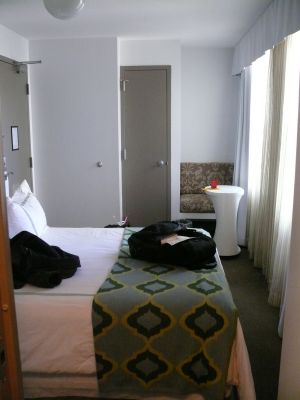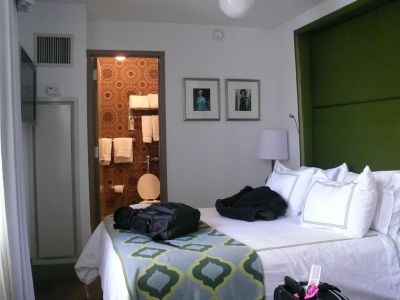Today was a day for all things angiography and CT. Started off with a refresher course session on radiation dose optimization and management in interventional radiology. Nothing new there, but some interesting points from the radiologist’s perspective.
A couple of science sessions on CT and a final refresher course on advanced CT topics including cardiac CT and dual energy CT that were very interesting and informative filled the rest of the day.
On the exhibit floor, I saw Philips’ newest SPECT/CT scanner, the Brightview XCT. It’s the first SPECT/CT scanner I’ve seen that incorporates a flat panel detector for the CT portion. The detector also folds away against the gantry when not in use. From the images they showed off, it looked like a chest/abdomen/pelvis CT could be done with about 4 bed positions. It was hard to tell how diagnostic the CT images could be, but they looked pretty decent.
Medrad’s Intego mobile PET injector is now FDA cleared and was being shown off in their booth. It’s a pretty cool device that takes care of metering out doses from a vial of bulk F-18 FDG, injecting it into the patient and flushing the line. For a busy PET/CT operation, it should go a long way to reducing radiation exposure to the techs. At close to 350 kg, it’s a pretty hefty cart to push around though.
Saw a few companies with interesting test tools that would be nice to have for a routine QC program. Wish I had seen them last year when I had money to shop for equipment.

